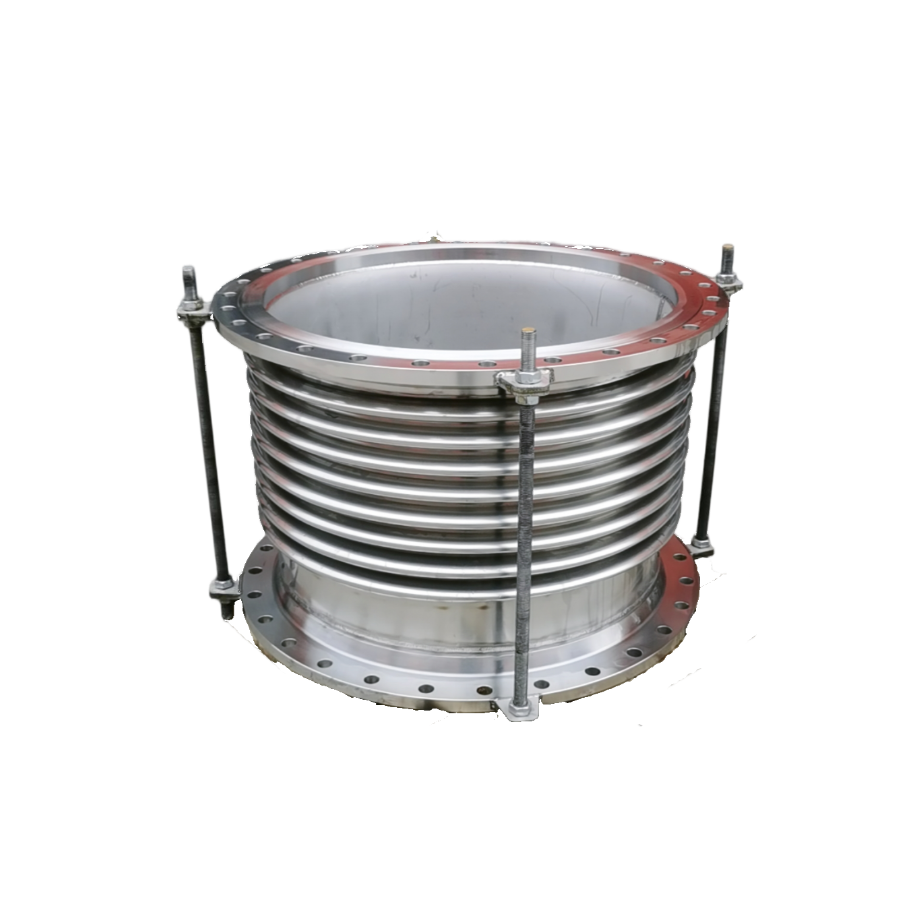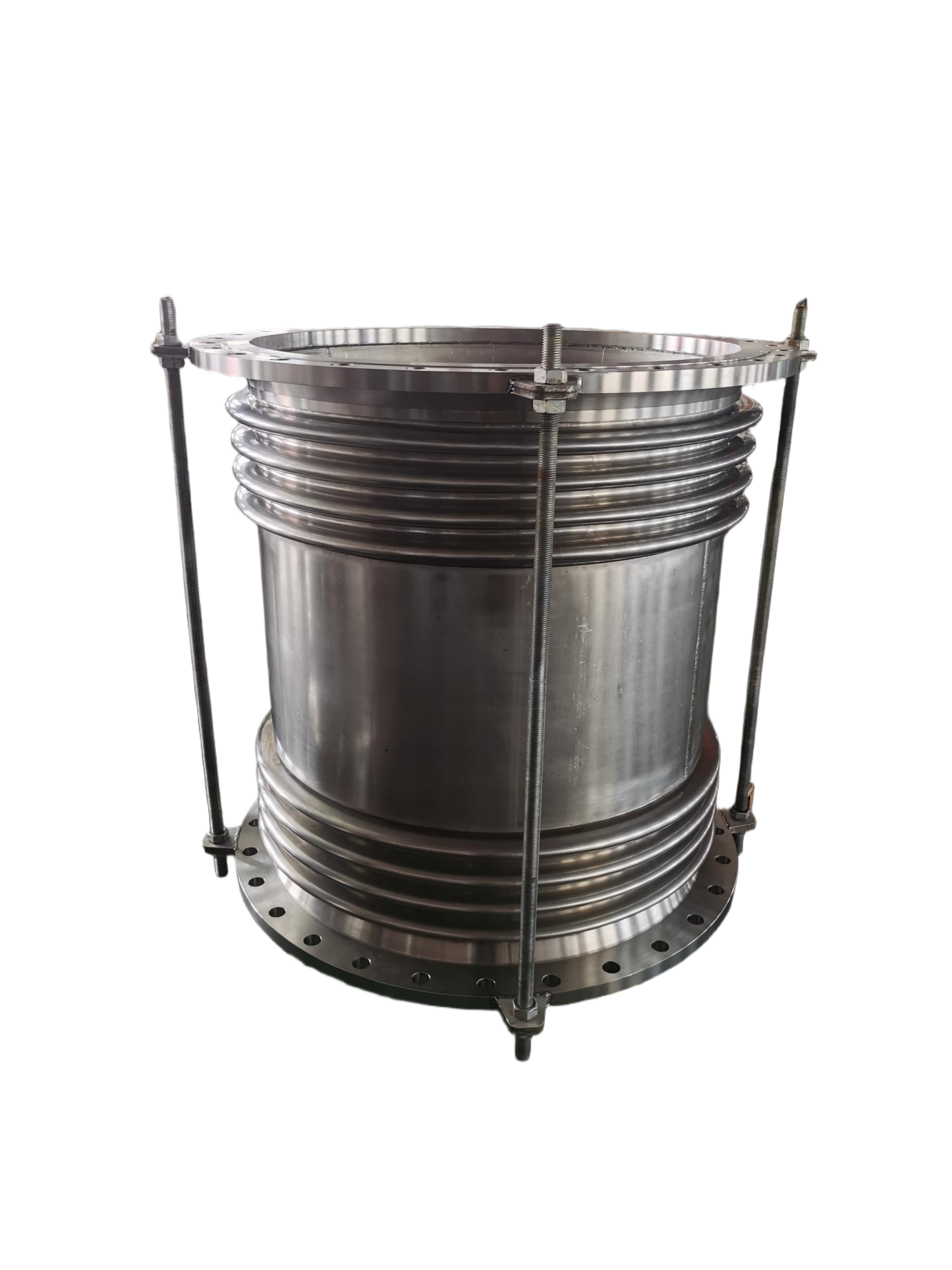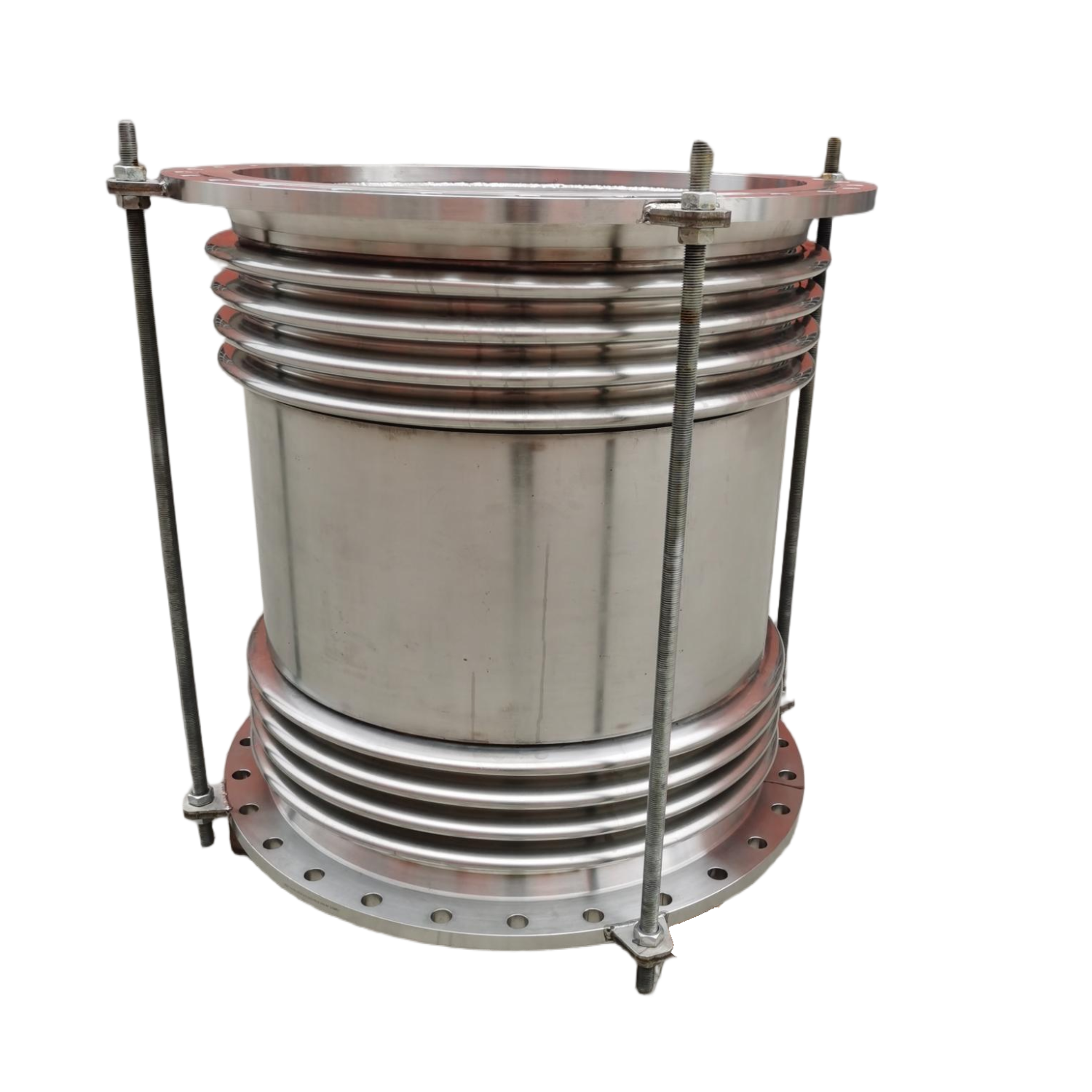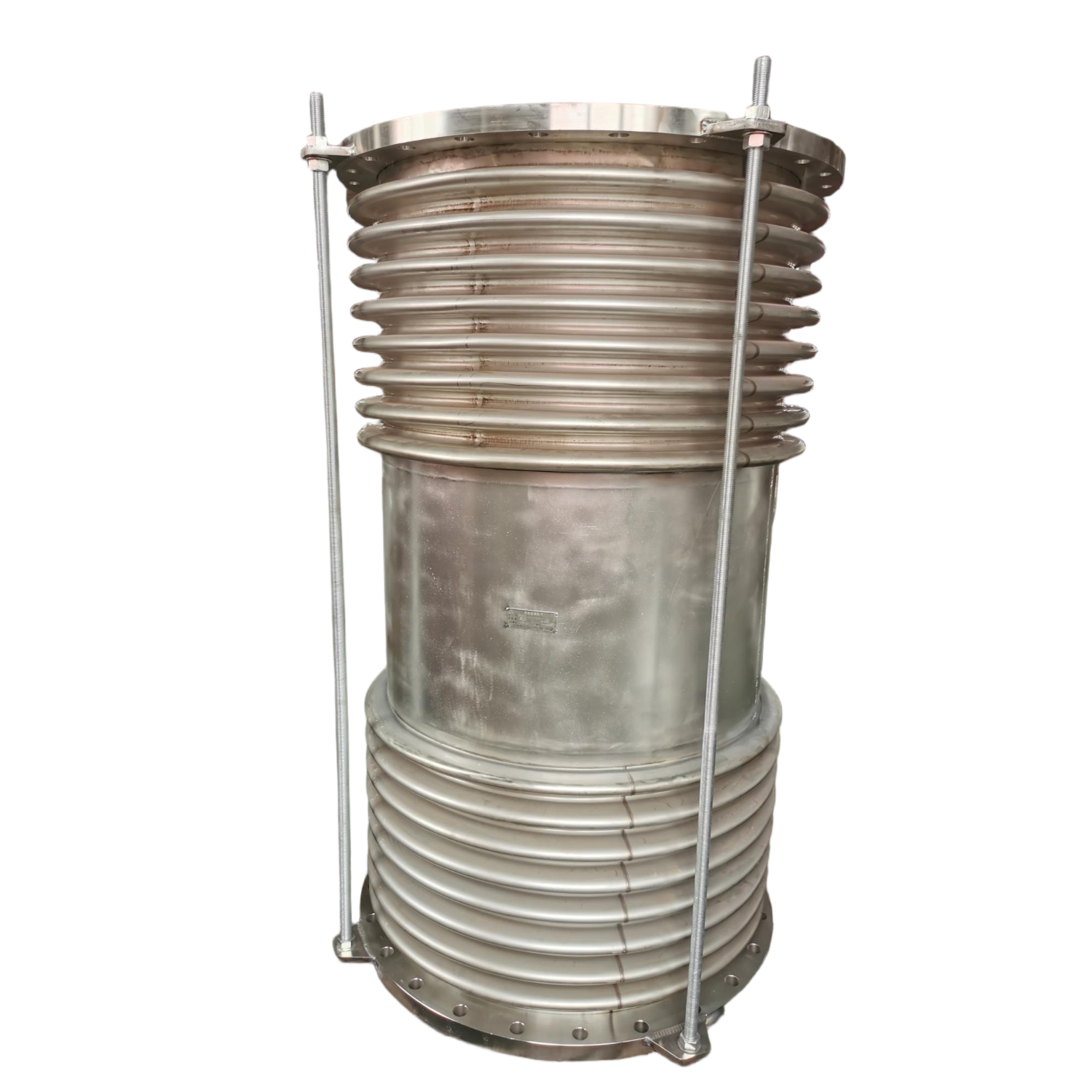Essential details
Shipping:Ocean freight
Product Introduction
The metal expansion joint used in the molten salt pump system is a key compensating component, mainly used to absorb the thermal expansion/contraction of pipelines, vibration or installation deviations caused by temperature changes, ensuring the safe and stable operation of the system. The following is a detailed description of the metal expansion joint used in molten salt pumps
1. Material selection requirements
The molten salt environment has high temperatures (usually 300℃ to 600℃), strong corrosiveness (such as nitrates, chlorides, etc.) and oxidizing properties. Therefore, the materials need to meet:
High-temperature corrosion resistance: Commonly used nickel-based alloys such as Inconel 600/625 and Hastelloy C-276, or 316L stainless steel (suitable for lower temperatures and weakly corrosive molten salts).
Antioxidant property: The material needs to form a stable oxide film at high temperatures.
Thermal fatigue performance: It can withstand frequent thermal cycles without cracking.
2. Structural type
Axial type: Compensate for the axial displacement of the pipeline.
Lateral type: Absorbs lateral displacement.
Hinge type: Used for angular compensation.
Pressure balanced type: Suitable for high-pressure systems, reducing the load on the pump.
3. Key design points
Multi-layer structure: It adopts a multi-layer thin-walled design (such as 2 to 3 layers) to enhance flexibility and fatigue life.
Protective measures
Inner lining sleeve: Prevents molten salt from directly eroding the corrugated pipe.
Insulation layer: Externally wrapped with materials such as ceramic fiber to reduce the temperature of the corrugated pipe.
Welding process: Welding materials that match the base material should be used to ensure the corrosion resistance of the weld seam (such as TIG welding).
Fatigue life: Calculated according to standards (such as EJMA), it is usually required to be ≥1000 thermal cycles.
4. Examples of performance parameters
Typical values/requirements of parameters
Temperature range: -196℃ to 600℃ (depending on the material)
Pressure rating: 0.6-2.5MPa (molten salt density needs to be considered)
The displacement compensation is ±10 to 50mm in the axial direction and ±5 to 30mm in the lateral direction
Corrosion resistance passes the molten salt immersion test (such as ASTM G31).
5. Installation and Maintenance
Alignment requirements: During installation, ensure that it is concentric with the pipeline to avoid distortion.
Pre-compression/stretching: Pre-adjust the initial position of the expansion joint according to the design temperature.
Regular inspection
Corrosion and cracks on the surface of the corrugated pipe.
The loosening condition of flange bolts.
Whether the insulation layer is intact.
1. Material selection requirements
The molten salt environment has high temperatures (usually 300℃ to 600℃), strong corrosiveness (such as nitrates, chlorides, etc.) and oxidizing properties. Therefore, the materials need to meet:
High-temperature corrosion resistance: Commonly used nickel-based alloys such as Inconel 600/625 and Hastelloy C-276, or 316L stainless steel (suitable for lower temperatures and weakly corrosive molten salts).
Antioxidant property: The material needs to form a stable oxide film at high temperatures.
Thermal fatigue performance: It can withstand frequent thermal cycles without cracking.
2. Structural type
Axial type: Compensate for the axial displacement of the pipeline.
Lateral type: Absorbs lateral displacement.
Hinge type: Used for angular compensation.
Pressure balanced type: Suitable for high-pressure systems, reducing the load on the pump.
3. Key design points
Multi-layer structure: It adopts a multi-layer thin-walled design (such as 2 to 3 layers) to enhance flexibility and fatigue life.
Protective measures
Inner lining sleeve: Prevents molten salt from directly eroding the corrugated pipe.
Insulation layer: Externally wrapped with materials such as ceramic fiber to reduce the temperature of the corrugated pipe.
Welding process: Welding materials that match the base material should be used to ensure the corrosion resistance of the weld seam (such as TIG welding).
Fatigue life: Calculated according to standards (such as EJMA), it is usually required to be ≥1000 thermal cycles.
4. Examples of performance parameters
Typical values/requirements of parameters
Temperature range: -196℃ to 600℃ (depending on the material)
Pressure rating: 0.6-2.5MPa (molten salt density needs to be considered)
The displacement compensation is ±10 to 50mm in the axial direction and ±5 to 30mm in the lateral direction
Corrosion resistance passes the molten salt immersion test (such as ASTM G31).
5. Installation and Maintenance
Alignment requirements: During installation, ensure that it is concentric with the pipeline to avoid distortion.
Pre-compression/stretching: Pre-adjust the initial position of the expansion joint according to the design temperature.
Regular inspection
Corrosion and cracks on the surface of the corrugated pipe.
The loosening condition of flange bolts.
Whether the insulation layer is intact.
Product details







